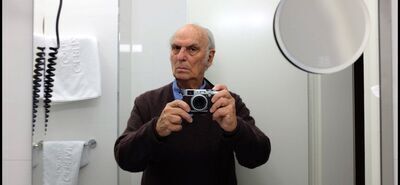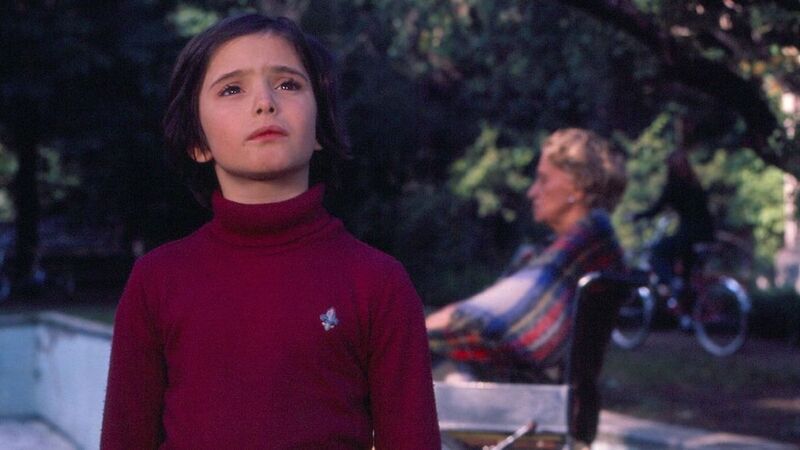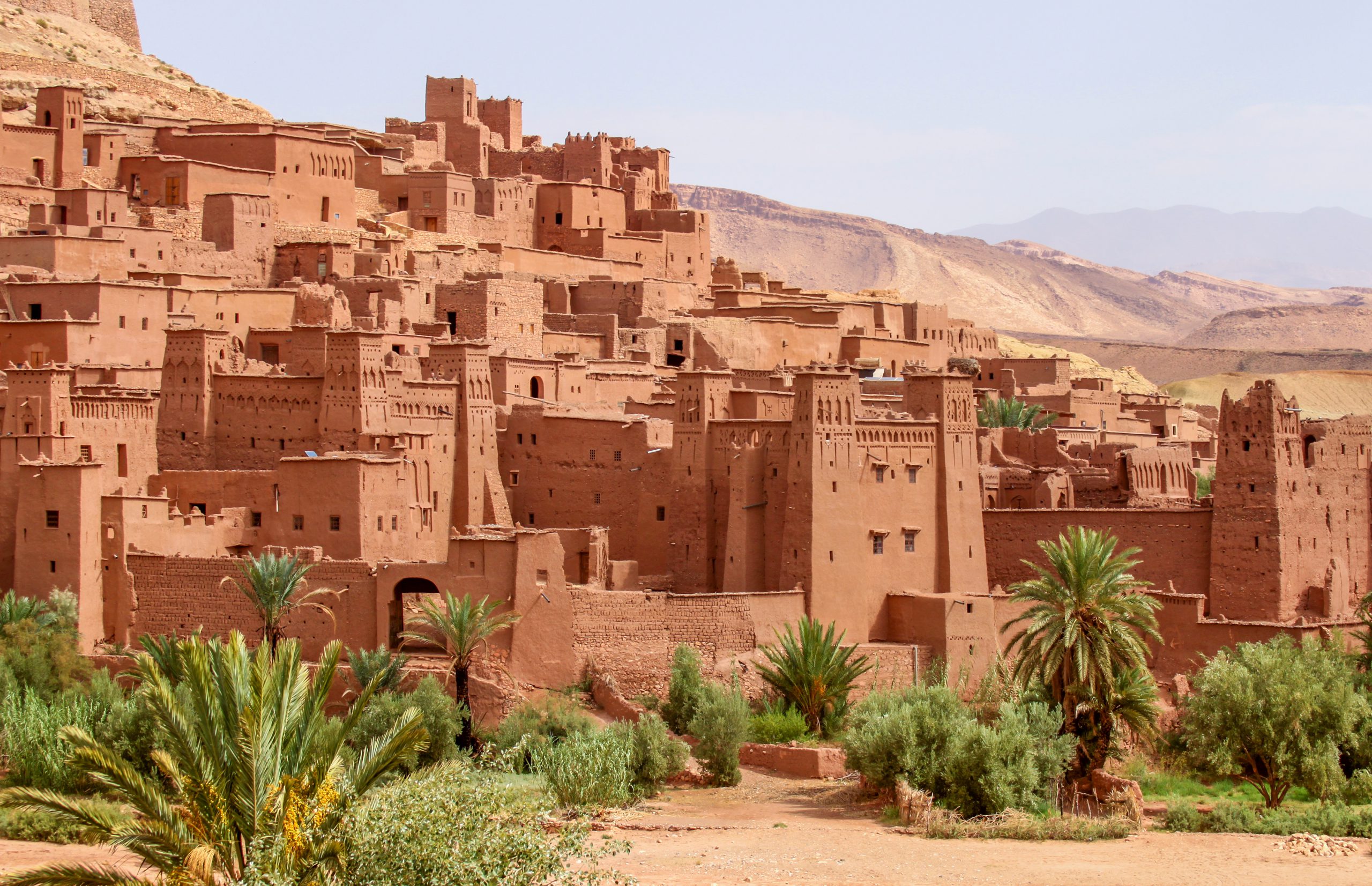
After the surrealist Luis Buñuel left for Mexico and before Pedro Almodóvar’s knowing and gorgeously kitschy post-classicism, Carlos Saura was the man whose work stood in for Spain on the world stage, who had to wrench Spanish art from the blighted identity it had developed under fascism. He was not alone, of course, with directors like Eloy De La Iglesia, Victor Erice, Luis García Berlanga, and Juan Antonio Bardem standing shoulder to shoulder with Saura through the post-Spanish Civil War years until the death of Generalisimo Francisco Franco and heavy censorship with him. He was, however, a much more popular and heavily scrutinized figure. Saura’s movies reshaped Spanish identity through images of singing and dancing, yes, but also through the difficult business of living in a place hostile to empathy. He won the Silver Bear at the Berlin Film Festival and the Jury Prize at Cannes twice each, he was nominated four times for the Academy Award for Best Foreign Language Film, and when the Olympics came to Barcelona, he was asked to make a movie, 1993’s “Marathon,” to commemorate the event by the government. He was a titan, and he did it by looking for humanity in great canvases of humanity and pain like another of his countrymen, Francisco Goya, whose life he chronicled in a 1999 movie.
Saura was born in Huesca in 1932, the second of four children, but his attorney father moved the family all over the country. This gave Saura a panoramic view of his homeland, where depending on the day, he’d find himself in the company of pro or anti-Nazi polemicists. He wasn’t yet old enough to read when the Spanish Civil War broke out, and his experiences of it would appear in movies like 1982’s “Sweet Hours” and 1976’s “Cría Cuervos.” He remembered bombs dropping and leveling nearby buildings and the sights and sounds of death becoming ordinary. Food was scarce, furniture was hacked and fed into the furnace to heat the house, and lights couldn’t be kept on at night lest they draw the attention of Franco’s forces. When the war ended, Saura got hold of a camera and started taking pictures of everything he could, to keep a record of Spain after its desolation. He photographed refugees and nationals starving and wandering the countryside, looking for work and food. His intention was to create a book documenting through images the struggle of the Spanish, but he found a distraction from the project that wound up consuming his life. Though he stayed interested in photography his whole life (and was an avid tinkerer, Frankensteining new cameras out of broken pieces and parts), it was his discovery of the medium of film that lead him to his artistic breakthrough.

He put together a small crew and started making short fiction and documentaries, including “Cuenca,” narrated by Francisco Rabal and featuring exciting portrayals of customs and culture of the people ignored by the state. Saura made the acquaintance of producer and rabid anti-Franco philosopher Pere Portabella, whose company Film 59 produced two movies that put the young Spanish cinema, their own new wave, on the map. “El cochecito” (1960) by the Italian director Marco Ferreri and Saura’s debut feature “Los Golfos,” the foundational text of the later Spanish movement the Cine quinqui or cine kinki, the cinema of delinquent behavior. “Los Golfos” was invited to the Cannes Film Festival in 1960, where it attracted the attention of Buñuel, who was there with his nervy morality play “The Young One.” Buñuel likely saw in “Los Golfos” the same eye for personality among the lower depths that he exhibited in his landmark 1950 film “Los Olvidados,” the film that properly kicked off his tenure in Mexico. “Los Golfos” lacks Buñuel’s stunning dream sequence and more overtly tragic slant, but it’s an edgier piece, and its views of petty thieves and bullfighters are still gripping today.
Portabella and Saura brought Don Luis back with them to Spain after the festival, and they became lifelong friends. In particular, Saura and Buñuel shared a morbid sense of humor that eluded most of their collaborators and friends. Some 20 years after his friend’s death, Saura made “Buñuel y la mesa del rey Salomón” in tribute, in which he, Salvador Dalí, and Federico García Lorca go searching for a lost artifact. The three men all influenced Saura’s work, but only Buñuel touched him personally. Portabella and Film 59 financed Buñuel’s homecoming film “Viridiana” in 1961, also starring Rabal, which won the Palme d’Or at Cannes that year and has been called the greatest Spanish film ever made. Buñuel also appeared in Saura’s next movie, “Llanto por un Bandido,” in 1964, along with French actor Lino Ventura and Italian actress Lea Massari. The film is about a highway robber, played by Rabal, who takes up a political cause, a thinly veiled critique of the fascists steeped in just enough historical precedent to avoid censorship.
Saura’s script for his follow-up to his early work, which would make his name, impressed young producer Elías Querejeta, who became one of Saura’s most trusted and important collaborators over the next decade. “The Hunt” netted Saura his first round of prizes and earned him fans on the international scene. It’s not hard to see why. His framing has a sturdiness out of John Ford or Akira Kurosawa, and his story is pure viciousness. The psychological thriller finds four men on a rabbit hunt, slowly losing their grip over the course of a long, hot day. The three older men talk a big game about manliness and what it takes to be a hunter, but every time the fourth man, the youngest of them by 20 years at least, asks about their experiences, specifically their days fighting in “the war,” they clam up. There’s a death by suicide, cruelty, and poor fortune in their past, and it’s caught up to all of them. They have run out of things to live for, and not even their friendships seem real now. It’s only a matter of time before their resolve gives way, and the men tire of shooting rabbits. Sam Peckinpah later said he’d been greatly influenced by it, and indeed his world of men obsessed with each other to the point of violent reprisals seems unthinkable without the spark of Saura’s movie. His camera movements are precise and unnerving, capturing these men on their way to damnation in a sturdy, steady motion. The camera knows they’re doomed before they do.
Querejeta and Saura decided they wanted to branch out with their next movie and planned to shoot it in English, so went looking for an English star who could speak enough Spanish that they could communicate with her. They settled on Geraldine Chaplin, daughter of the world’s most famous film comedian, and lately a breakout star in David Lean’s “Doctor Zhivago,” a role that hardly gave her a chance to show her emotional range and the specificity of her craft. Saura would give her that chance in “Peppermint Frappé.” The trouble was the rest of the cast couldn’t keep up with the English language script, so they shot it in Spanish anyway, which scuttled the film’s chances at becoming a crossover hit (though it also didn’t help that its premiere at the 1968 Cannes Film Festival was canceled by protests led by Jean-Luc Godard and François Truffaut) but didn’t alter the film’s perverse impact. José Luis López Vázquez, who would become a favorite leading man of Saura’s, plays an uptight professional with twin fixations on women, both played by Chaplin. He tortures the one when he can’t possess the other. Her introduction is one of the great sequences in Saura’s cinema and properly introduced the musicality that would become integral to his direction. Vázquez sees Chaplin for the first time and sees her in a celebration in a town square, beating a drum along with a small band. It hints at a million things—the protests against Franco’s regimes, the nascent Spanish culture corrupted by the leadership, the demand to be heard when you must communicate in whispers—and explains why Vázquez both must have her and can never. She represents life—art, song, dance, sex—and he represents death—conformity, hypocrisy, and control.

Saura and Chaplin became inseparable over the next ten years. As he continued spinning fables out of Saura’s unspoken (but by no means unheard) rebellion, she became his leading lady and partner. They had a son and made nine movies together, including the classic “Cría Cuervos,” in which Chaplin plays young Ana Torrent’s mother and whose ghost haunts the young girl as she adapts to life in a strange new house. “Cría Cuervos” is a film defined by a very unusual coincidence. The film is about the death of the head of a house made just as Franco was dying—he’d be dead before the film made it to theatres. It was the first film of his not to have trouble with the government censors, who had taken to cutting as much out of his scripts pre-production as possible to remove anything potentially scandalous. By the time of “Cría Cuervos,” Saura was such a hot item abroad that they were worried they’d look bad by suppressing him, but there was hardly anything traditionally objectionable in the movie, much more concerned with the way a child sees the world of adults. “Cría Cuervos” became the most famous of Saura’s films in this overly psychological vein, the one in which he primarily worked during his years with Chaplin.
In 1970’s “The Garden of Delights,” José Luis López Vázquez plays himself in his own memories of childhood, interacting with other actors as if he were a pre-adolescent boy. In 1982’s “Sweet Hours,” a playwright played by Iñaki Aierra is an actor in a play based on his experience as a boy during the Civil War. All of these movies came with a healthy dose of psychosexual neuroses, Saura’s own but something he used to diagnose all of the men of Spain. He emerged as a more soft-spoken version of Lina Wertmüller. Men try to sleep with their cousins and their mothers (Aierra sleeps with the actress [Assumpta Serna] playing his mom in the play, who also plays her in flashbacks—it’s pretty twisted) and break their fixations on family to make room for other women. Men are frequently pathetic creatures in Saura’s cinema, reliving their foundational traumas and yet unwilling to change upon reflection.
Having quite thoroughly enunciated his fixations throughout the ’70s and becoming the first Spanish filmmaker to become a fixture in International film festivals and at the Academy Awards, Saura was looking for something new, something to challenge himself and his direction. He and Querejeta parted ways not long after he and Chaplin split up, and fortuitously producer Emiliano Piedra suggested he take in a rehearsal for a show he was working on with choreographer Antonio Gades: a flamenco re-write of Federico García Lorca’s 1933 play Blood Wedding. He was wary of flamenco, which, like so much of Spanish culture, had been tainted by its association with the fascists. He was thus not expecting to be blown away by Gades’ dancers and his beautiful choreography. He filmed their rehearsals and turned it into 1981’s documentary “Blood Wedding,” and just like that Saura was reborn.
He and Gades reunited for 1983’s “Carmen,” a re-write of Bizet’s opera, and 1986’s “El Amor Brujo,” his unofficial flamenco trilogy. The films were tremendous successes, artistically, commercially, and critically. Saura continued to make his polemical dramas, but moving forward he became obsessed with filming dance, of reclaiming the arts that so defined Spain. In 1992’s “Sevillanas,” 1995’s “Flamenco” and its 2010 sequel “Flamenco Flamenco,” 1998’s “Tango,” 2002’s “Salomé,” 2007’s “Fados,” all the way up to 2021’s “The King of all the World,” Saura and Italian cinematographer Vittorio Storaro, his most important artistic collaborator during the last three decades of his life, would find joy in framing dances in their patient, open tableaux, bathed in the photographer’s trademark orange glow.
After the dance movies revitalized Saura artistically, offers started coming in. He directed “El Dorado,” a re-telling of the search for the city of gold by Pedro de Ursúa and Lope de Aguirre. Werner Herzog’s “Aguirre, the Wrath of God“ remains the definitive film of this expedition, but Saura’s was no less ambitious or captivating; it was just too conventional for all of those marshaled resources. Millions of dollars, ships built in the jungle, cameras ruined by the elements, hundreds of extras sweating it out in the Costa Rican jungle. Though the film is good, it would have to have been his masterpiece to justify all of that.

His follow-up was no less popular, but it was a better fit for Saura’s mise-en-scéne. “The Dark Night of the Soul” is the story of San Juan De la Cruz, the 16th-century writer who believed God was speaking through him and his poems. He’s captured by traditionalist Catholics and tortured for months as they beg him to recant and adopt their views. He refuses despite nightmares of bondage and visions of Julie Delpy coming to seduce him. Saura’s fascination with rebellion finds its apotheosis here in this epic tale of suffering and resistance, told in Goya-esque caverns and dungeons. It was among the first of his revisionist biopics. He had already told the story of Antonieta Rivas Mercado and would go on to tell the stories of Buñuel, Goya (who would be touchingly played by his old friend Francisco Rabal), and Lorenzo Da Ponte. He would also make his first movie actively set during the Spanish Civil War, “¡Ay, Carmella!” the hit that helped him out of the hole after his other historical films had flopped. Somewhere in there, he also helps make a star out of Almodóvar’s friend Antonio Banderas.
Though the final two decades of Saura’s filmmaking saw him taking fewer formal risks in favor of laying into a perfected digital image with Storaro, the joy of his work never faded. Even in films like “Flamenco Flamenco,” hardly a rigorous project, you can still sense the two men’s joy at the rise and fall of light and shadow, of the movement of bodies, of the sound of hands clapping and feet stomping at incalculable speeds. There was life even in the movies he made in his eighth decade behind the camera. He had seen tragedy as a child, labored under a dictatorship during his peak years, and had seen highs and lows unlike any other Spanish director, and had never lost his desire to take pictures, to make and understand art, to collaborate with other likeminded souls, to keep rolling. In between memories of Nazis walking into his home and holding court and his father nearly killing him with a hatchet while they carved up old furniture to stay warm, the playwright in “Sweet Hours” has a vision of his mother looking directly at him, at the camera, at us, and saying, “Only remember beautiful moments.” It is to his credit that Saura found beauty in all the chaos of the 20th century though he never shrank from horror, either. It was all there. All of Spain, all of art, all of life.




